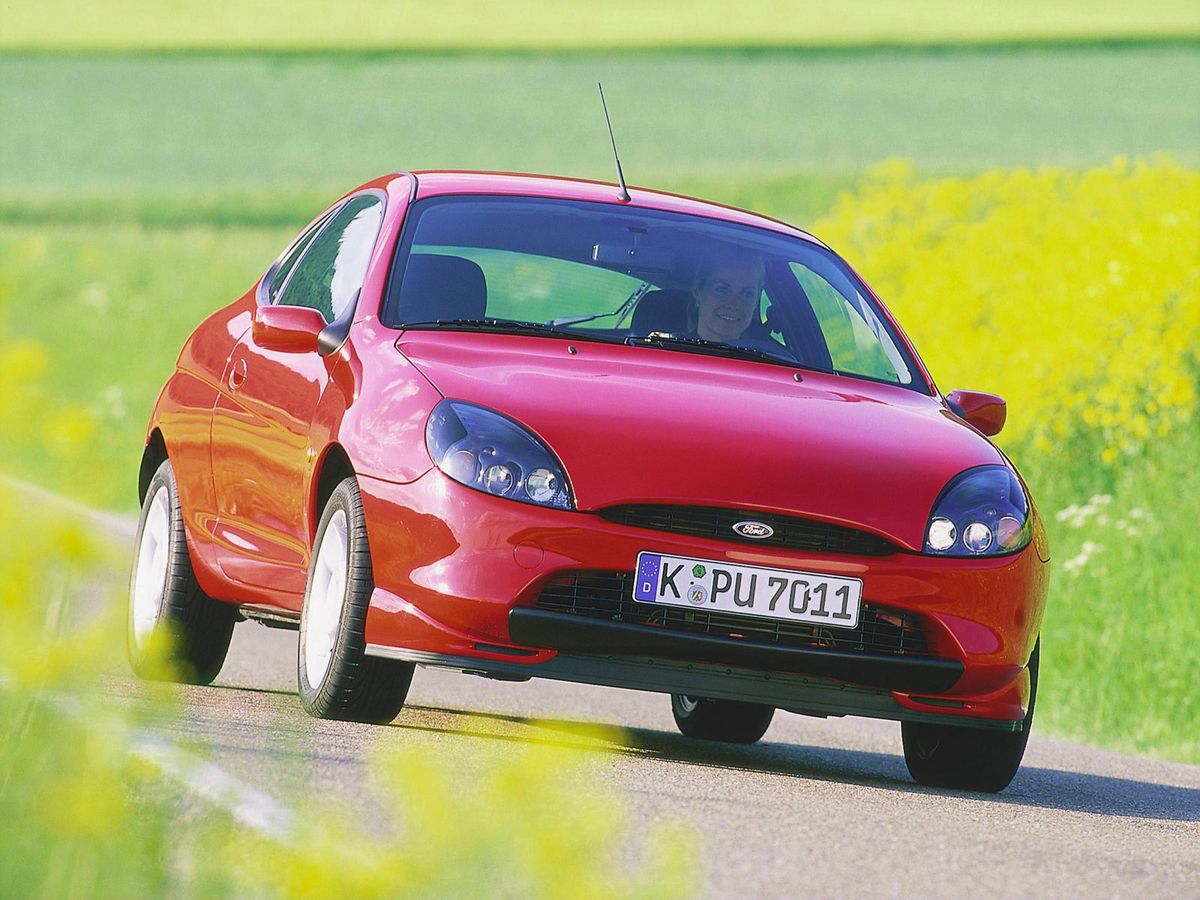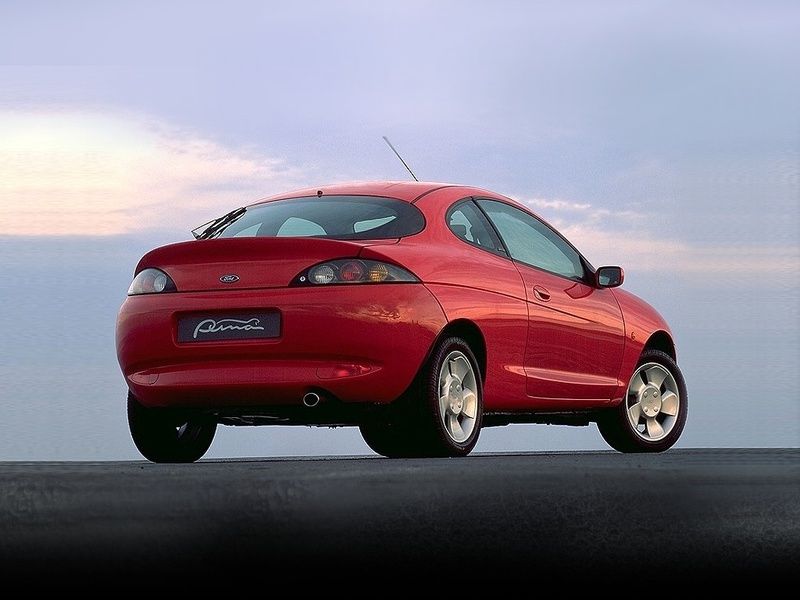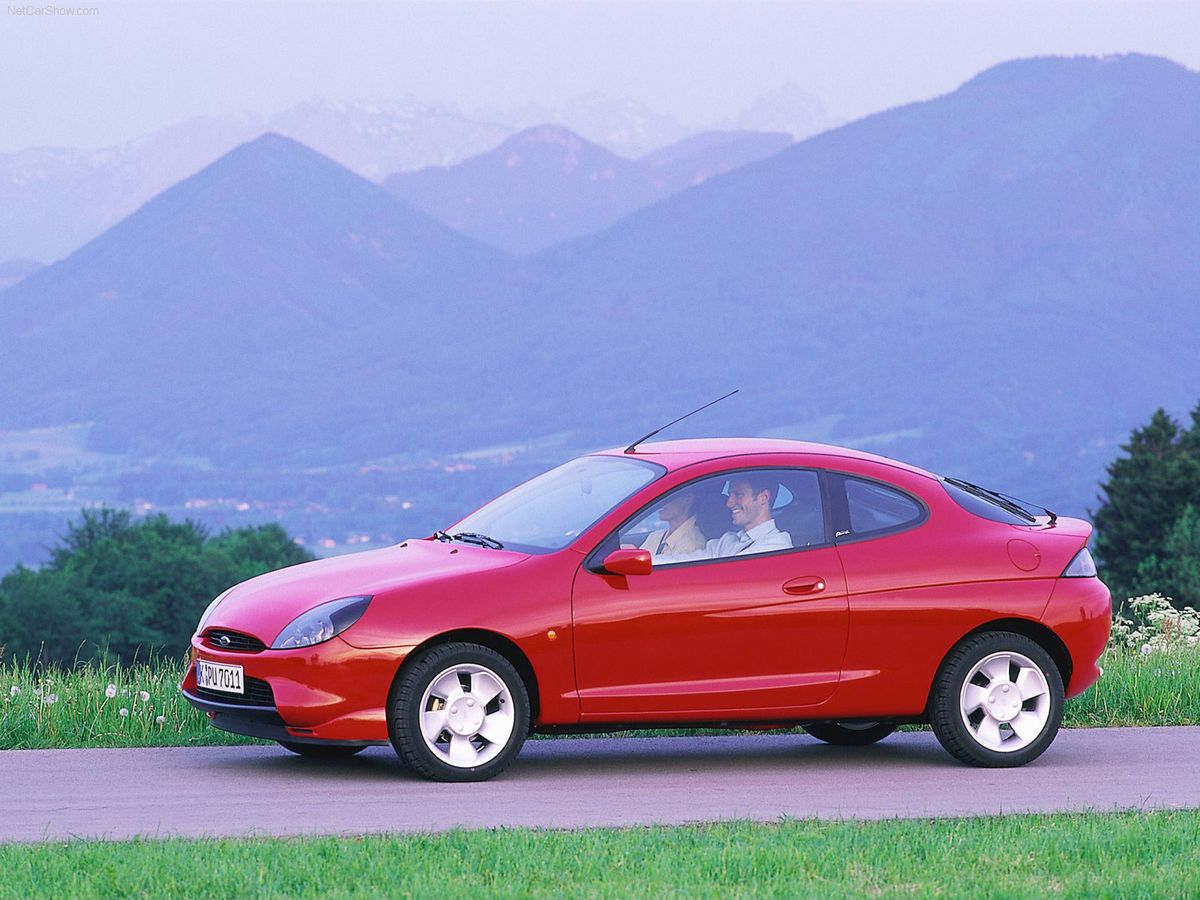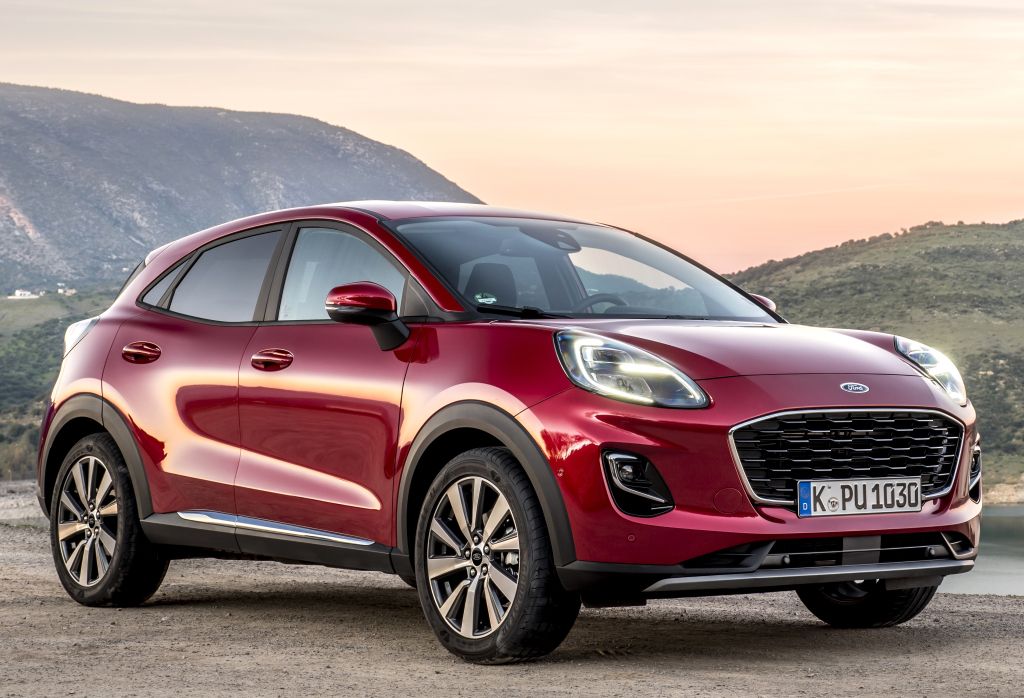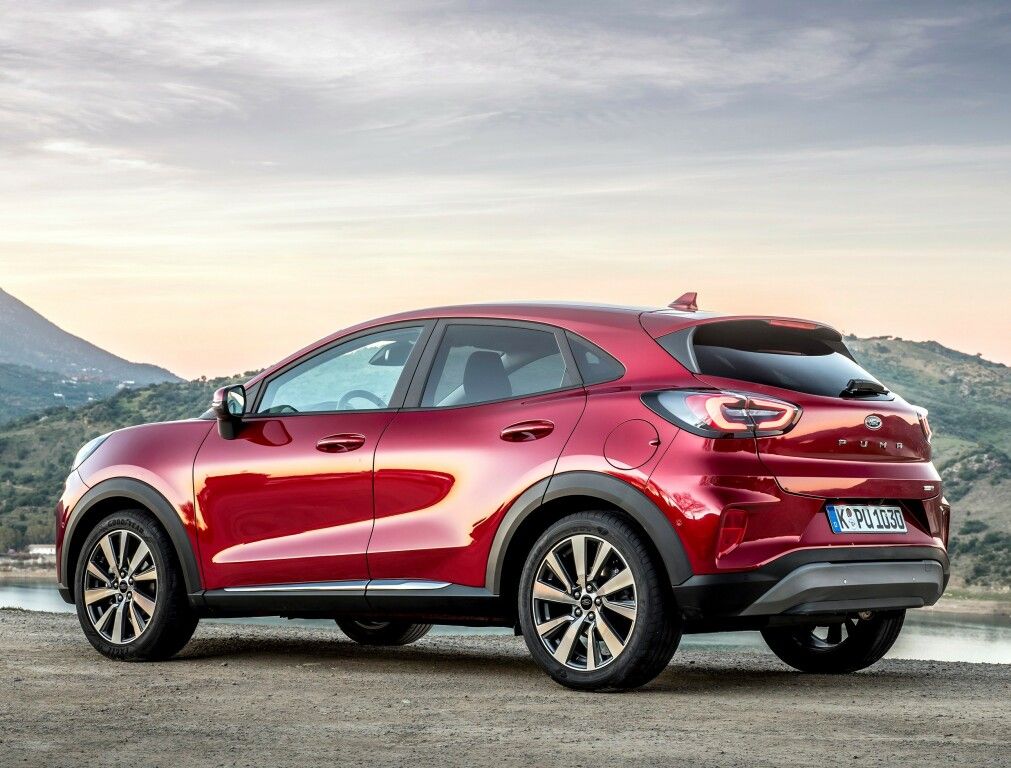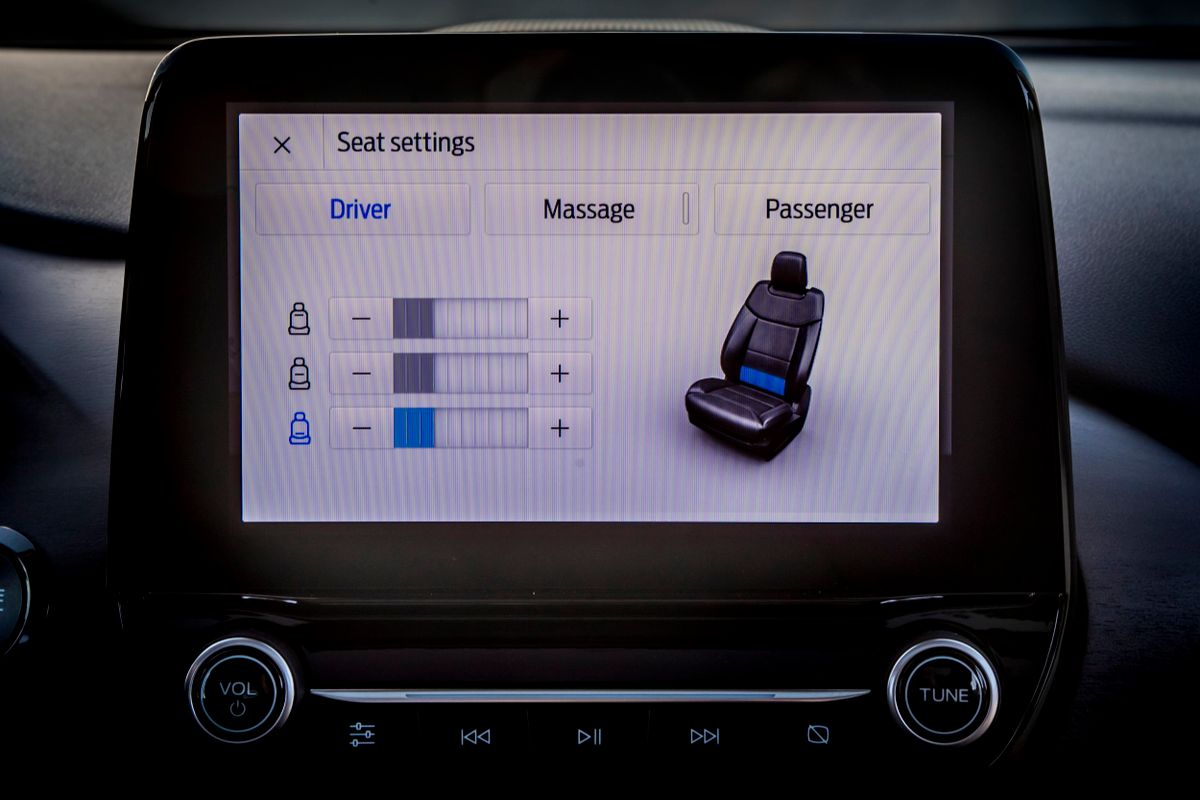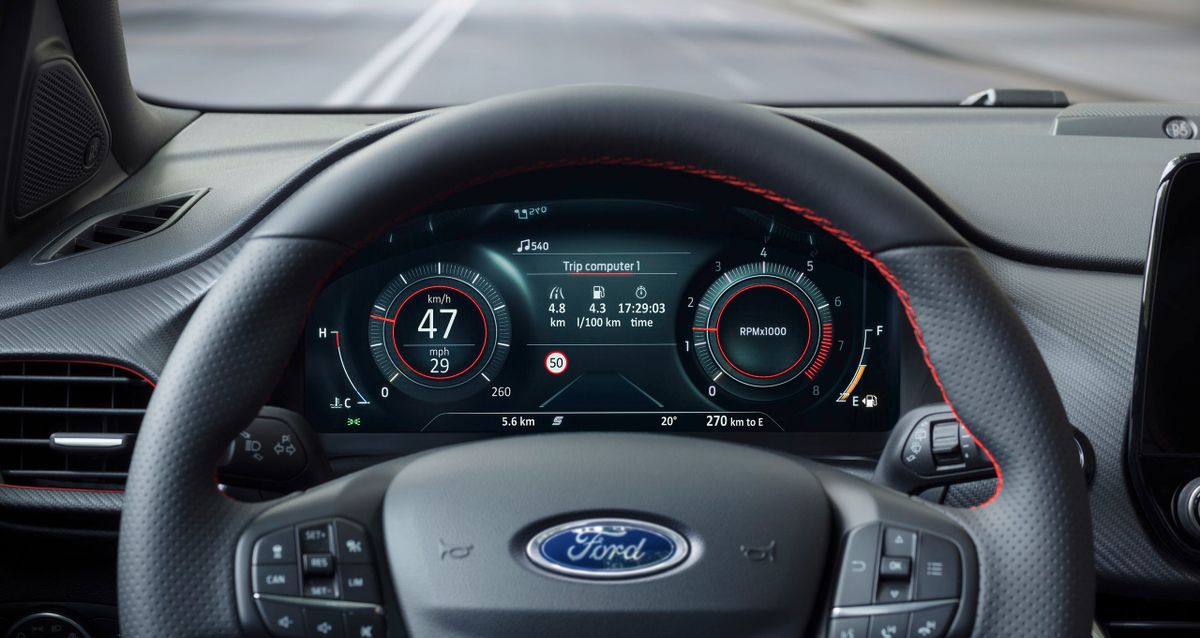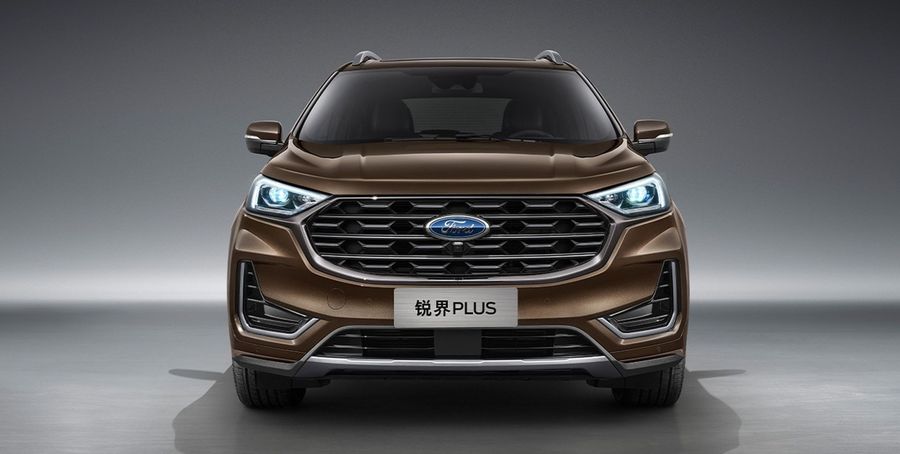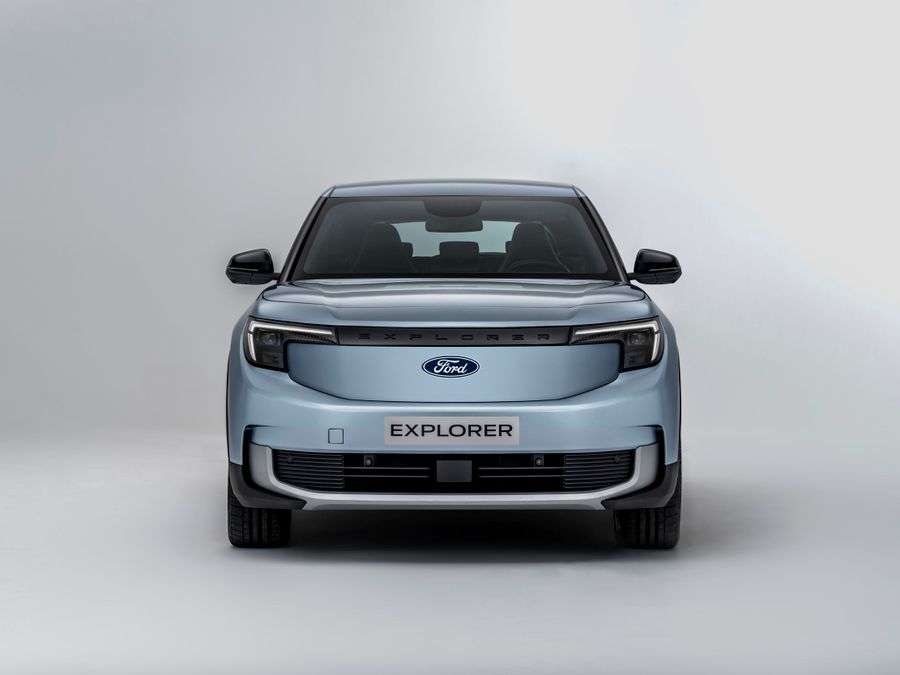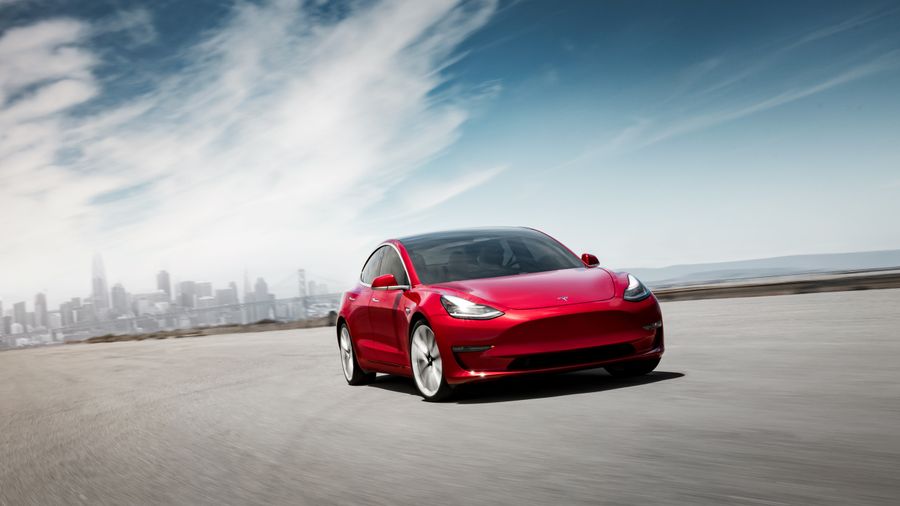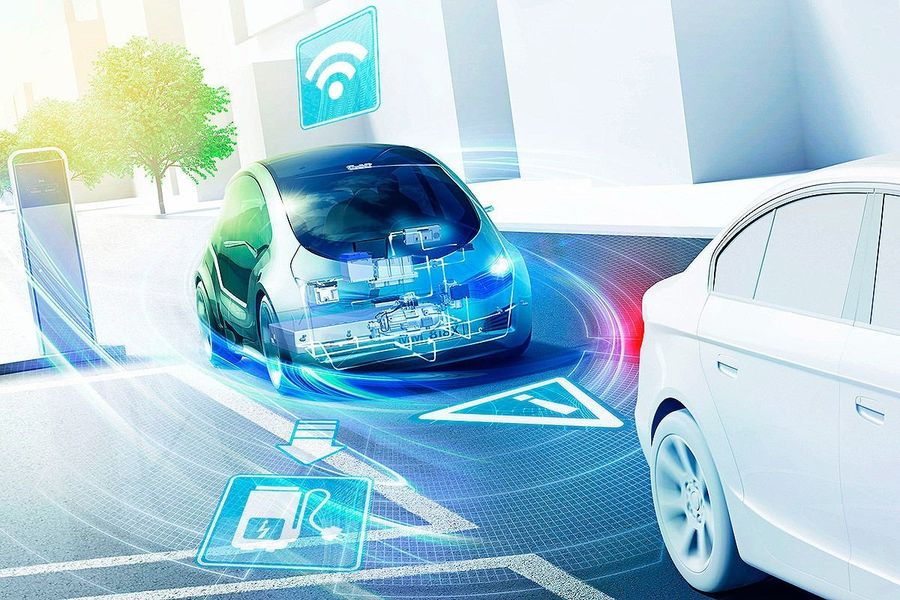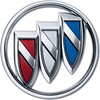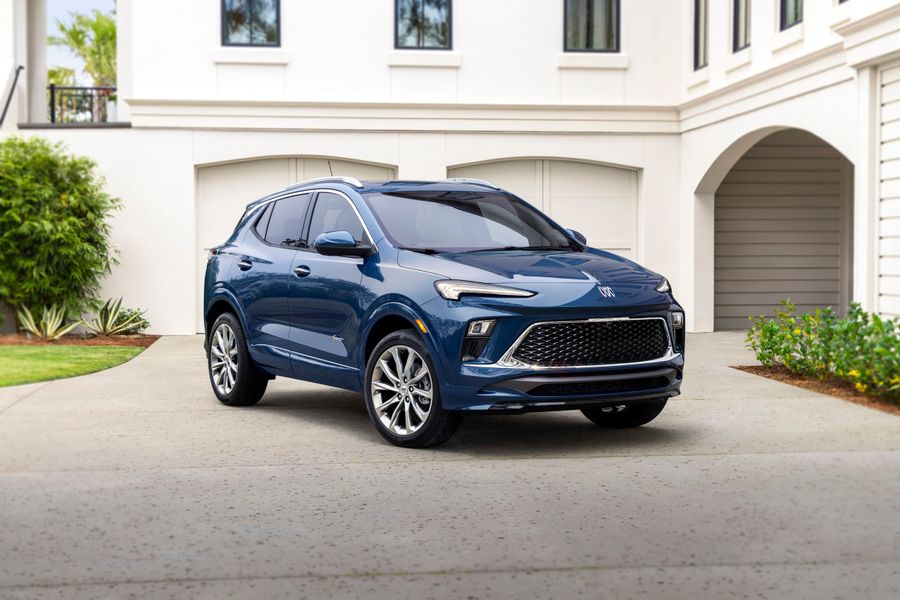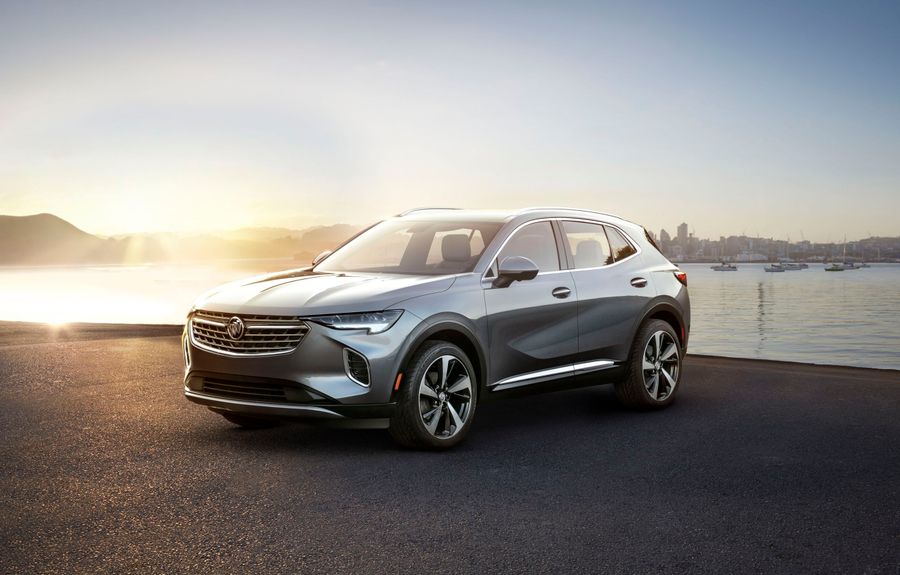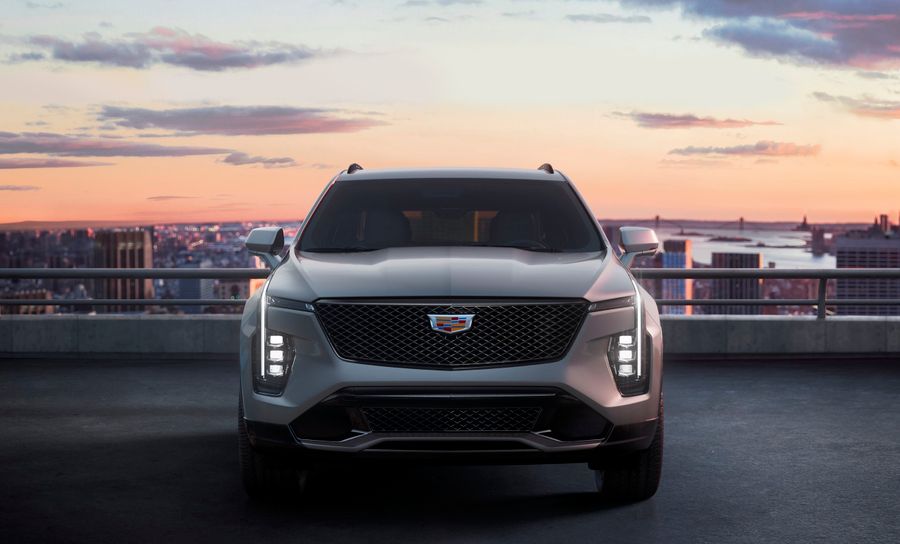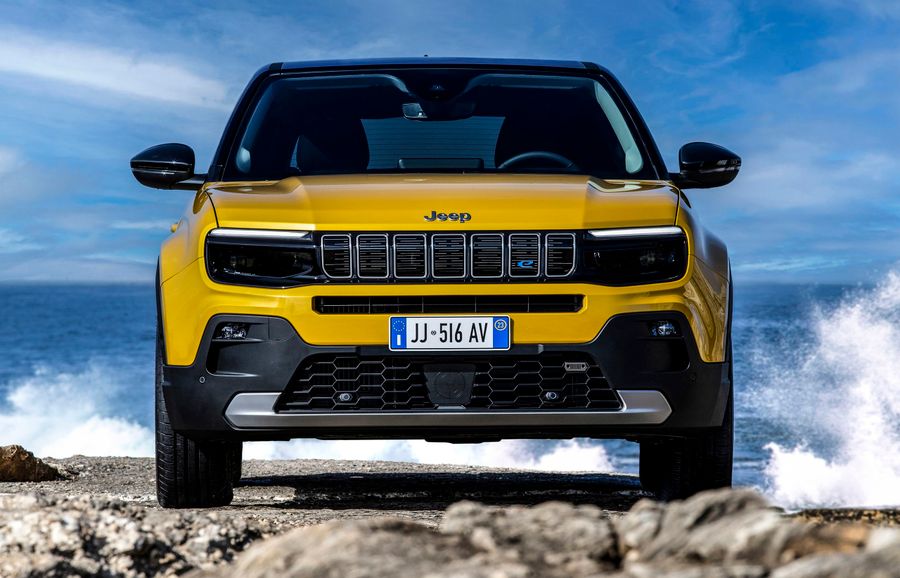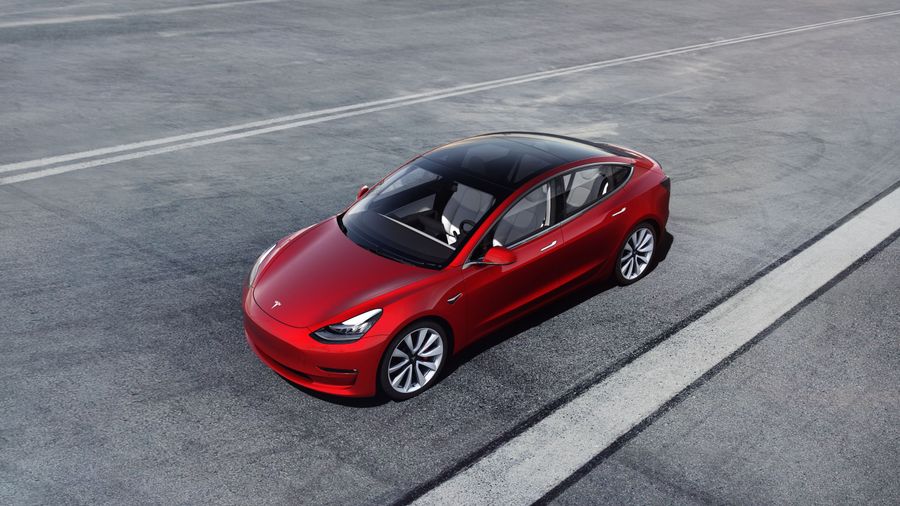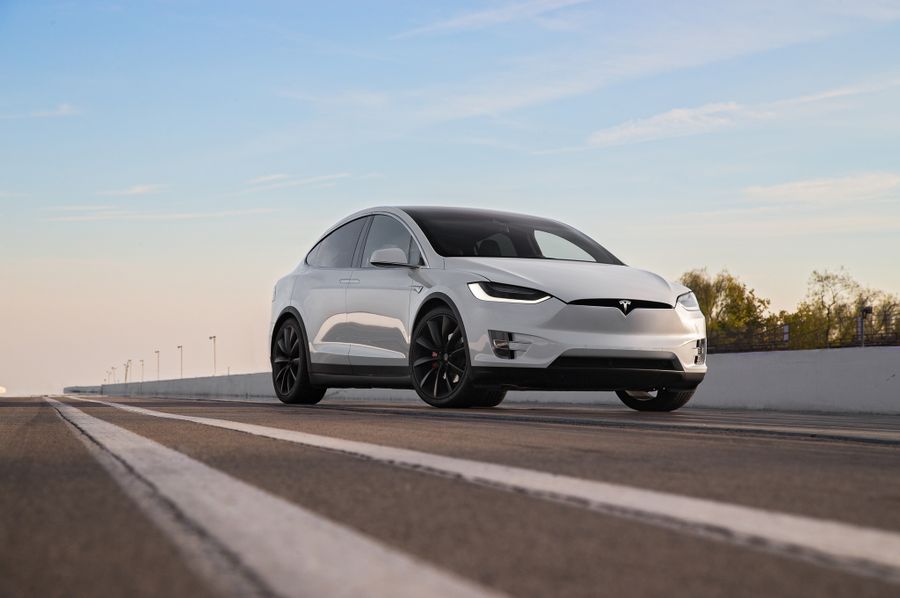
Puma for millennials
The Ford Puma has been produced by Ford since 1997 and is intended for sale in Europe. What’s interesting about the Puma is that its two generations are completely different cars. The first is a coupe, the second is an SUV. One thing unites them: the platform borrowed from the Fiesta hatchback, which determines the miniature size of both Pumas, as well as good handling. From 2019, the second generation Ford Puma SUV can be purchased on the Israeli market.
Top Gear (BBC) presenters named the Ford Puma Coupe ‘The Car of the Year 1997’ ‘for its handling and incredible driving experience’. This little ‘predator’ has also won the following awards: Best Sports Car 2001, Best Sports Car 2004 for 10,000 Euros. Jury of What Car? magazine (UK) named the SUV ‘The Car of Year 2020’. The Ford Puma even surpassed models such as the Tesla Model 3, Skoda Scala and Alfa Romeo Giulia Quadrifoglio.
The first generation
It was produced from 1997 to 2003. Ford decided to create a small sports car back in 1993. The designers built a sports coupe based on the 4th generation Ford Fiesta. The first Puma turned out to be longer than the Fiesta, acquired a completely new body with increased overhangs and a large angle of inclination of the windshield. In order to turn the suspension into a sporty one, the engineers reinforced the springs, installed a more powerful anti-roll bar at the front and increased the stiffness of the roll beam at the rear by 30%. The result was an interesting car designed in the New Edge corporate style.
Top Gear named the Ford Puma Coupe ‘The Car of the Year 1997’ ‘for its handling and incredible driving experience’.
The car was equipped with a 4-cylinder 16-valve Zetec SE engine that could have a volume of 1.4, 1.6 or 1.7 liters with 90 to 125 hp, whereas the boosted 1.7-liter engine, installed on the Racing Puma, gave out 155 hp. For the first time, Ford used a variable valve timing mechanism in the engine, developed in conjunction with INA Motorenele-mente Schaeffler KG. It is worth noting the 5-speed manual short-stroke gearbox, which produced a ‘flat’ torque characteristic, 85% of which was within the range of 1,500-6,750 rpm. Fuel consumption was 7.4 l/100 km.
The second generation
The second generation has been produced from the beginning of 2019 to the present day (as of 2021). After a long break, the Puma has returned in a different guise. Now it is an SUV, although it shares the platform with the latest generation Fiesta hatchback. It’s worth noting, however, that the Ford global B-car platform has been significantly modified. The vehicle is manufactured in Romania and sold in Europe, Australia and New Zealand.
In January 2020, What Car? magazine (UK) named the Puma SUV ‘The Car of the Year 2020’. The newcomer topped its direct rivals Skoda Kamiq and Audi Q2 in the SUV segment and won the overall competition, beating such models as the Tesla Model 3, Skoda Scala and Alfa Romeo Giulia Quadrifoglio.
What Car? magazine (UK) named the Puma SUV ‘The Car of the Year 2020’. It topped the Tesla Model 3, Skoda Scala and Alfa Romeo Giulia Quadrifoglio.
The exterior design of the new Ford Puma has nothing to do with the Fiesta, featuring muscular bumpers and large teardrop-shaped headlights that make the vehicle more like the first Puma. The SUV in the ST-Line version looks especially impressive, equipped with LED optics, plastic trims to match the body color, a large spoiler above the tailgate, as well as 18- or 19-inch wheels.
The SUV is slightly larger than the Ford Fiesta hatchback. It is 4,186 mm long, 1,805 mm wide and 1,536 mm high, with a wheelbase of 2,588 mm. The vehicle has quite an impressive trunk volume of 456 liters. It should be noted that this figure includes an 80-liter compartment under the floor, named ‘MegaBox’ and differs in that it can be washed through a hose, as there is a plastic insert with a drainage hole in the bottom inside the niche. The tailgate can be equipped with an electric drive (option).
The interior is primarily distinguished by a 12.3-inch digital dashboard, which can be customized to your liking (option). The SUV features a Ford SYNC 3 multimedia system with an 8-inch screen, compatible with Android Auto and Apple CarPlay interfaces. A 10-speaker Bang&Olufssen premium sound system can be ordered for a surcharge.
The Puma comes standard with a 1.0-liter turbocharged 3-cylinder engine with 125 hp. In addition, the SUV intended for Europe has two hybrid versions that feature the same 125 hp or 155 hp engine together with a 48-volt starter-generator, which twists the crankshaft using a belt drive. The electric unit develops 16 hp (50 Nm), helping the internal combustion engine in the first seconds of acceleration and leveling the turbo lag at low revs. It is powered by a compact, liquid-cooled lithium-ion battery. These ‘mild hybrids’ have a larger turbocharger that works more efficiently at medium to high revs. Later, the manufacturer presented the EcoBlue turbocharged diesel engine. The vehicle is equipped with a 6-speed manual transmission and a 7-speed DSG. It is front-wheel drive.
The new Ford Puma, tested by Euro NCAP in 2019, received a five-star overall safety rating, with both adult and child protection rated at 94% and 84%.
The list of options available for the 2020/2021 Ford Puma is quite long: lumbar massage seats, virtual devices on a 12.3-inch display, SYNC 3 media system with an 8-inch screen, panoramic roof, parking assistant, tire pressure monitoring system, emergency braking assistance, collision avoidance system with pedestrian recognition. As for the new assistants, there is the Wrong Way Alert system, which is responsible for recognizing traffic signs and warning the driver of danger. Plus, the model can be equipped with the CoPilot 360 electronic package, which includes two cameras, three radars and twelve ultrasonic sensors. In fact, it is adaptive cruise control, which is also able to keep the vehicle in its lane.
Note that the model was tested by Euro NCAP in 2019. It received a five-star overall safety rating, with both adult and child protection rated at 94% and 84%, whereas the safety of pedestrians was rated at 77%.


